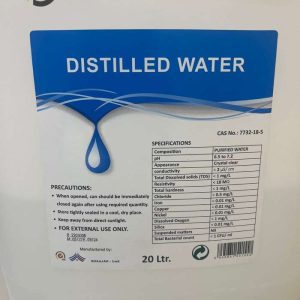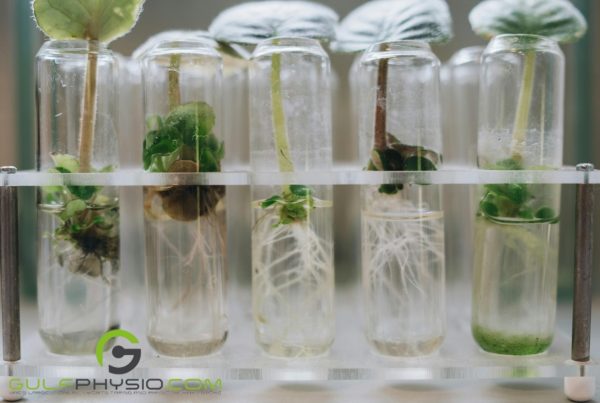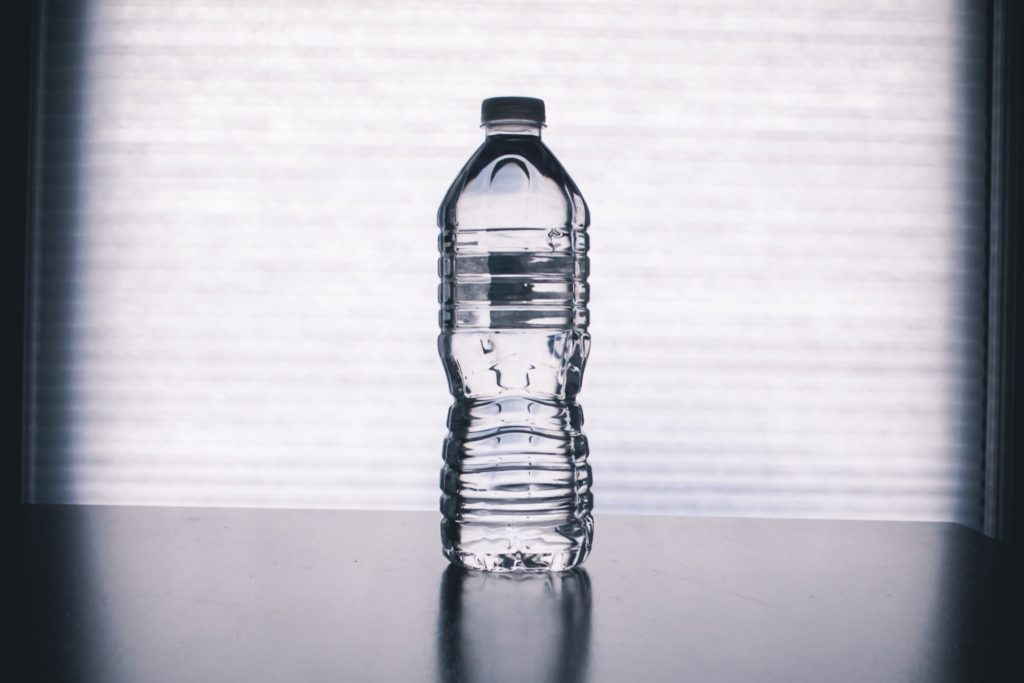
Distilled water is pure H2O which differs from your regular drinking water by not having any added minerals or compounds. It’s not found in nature and even with its health benefits, it’s not the healthiest choice for drinking.
This kind of water is made through a specialized distillation process, which involves boiling water, and then collecting the steam, and then collecting the condensed steam.
The Distillation Process
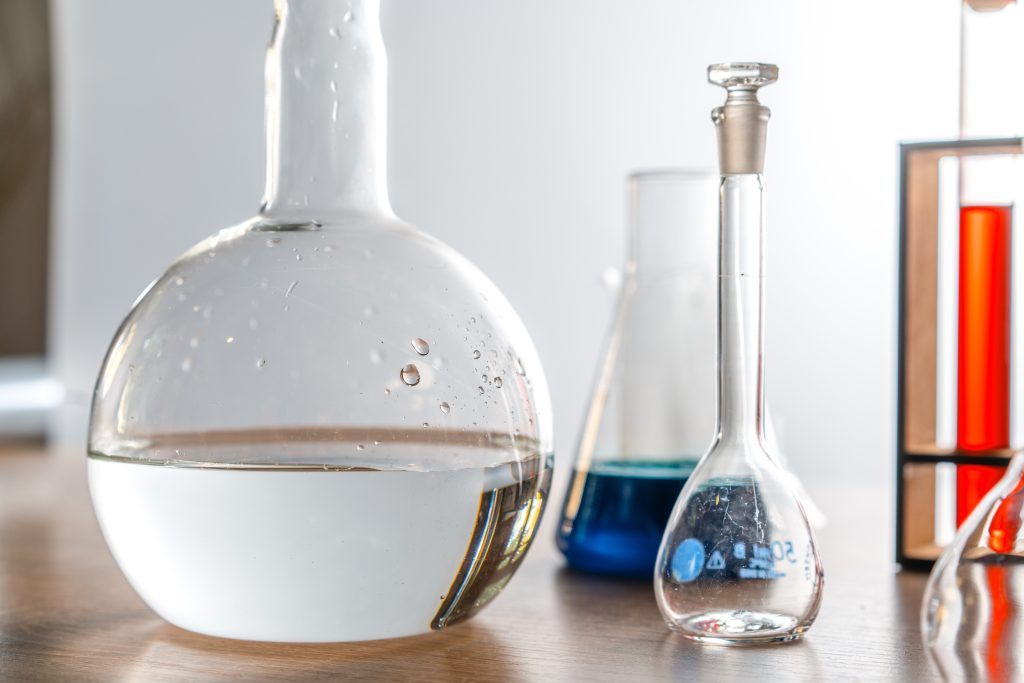
Crude distilled water was probably first created in around 1200 BCE, according to Aristole’s Meteorologica. The process was made to create drinking water from seawater.
To create potable or drinking water, seawater or water with impurities is first heated. Then the steam is collected leaving behind impurities such as minerals, compounds, heavy metals, and microorganisms. This steam is condensed back into liquid form, resulting in clean water.
While this process has changed from using clay pots and bamboo sticks to Pyrex glass and double-chambered steel, the process is relatively unchanged. Solar-powered stills have been adapted to make purified water. However, the true test of distilled water is done through chemical analysis after its condensation. Take a look here for the various ways water can be distilled.
The Uses of Distilled Water
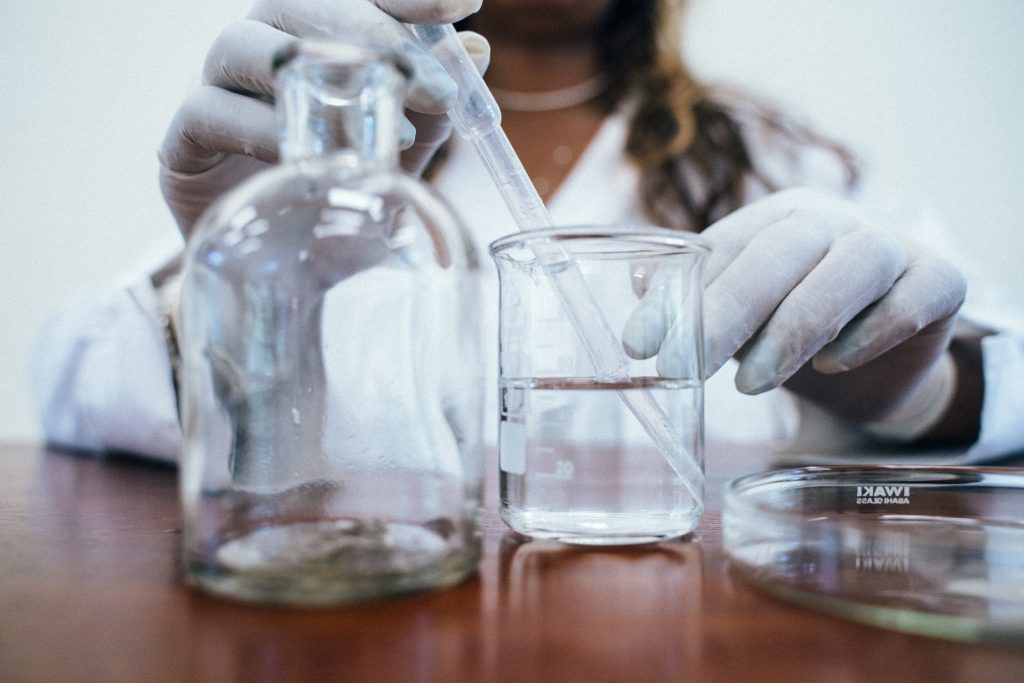
Distilled water would be used wherever there would be a need to remove impurities, ions or other components. These would cause or interfere with chemical reactions.
The solution is as simple as using distilled water like in steam irons which wouldn’t leave behind mineral deposits. It could also be used in CPAP machines. This water is vital for car coolant systems (mostly involving radiator flushes, or as a windshield wash in warm countries). It has cleaning purposes as well as a dilution for shampoos and other hair care products. Here is our section on different uses of distilled water.
Distilled Water vs Other Waters
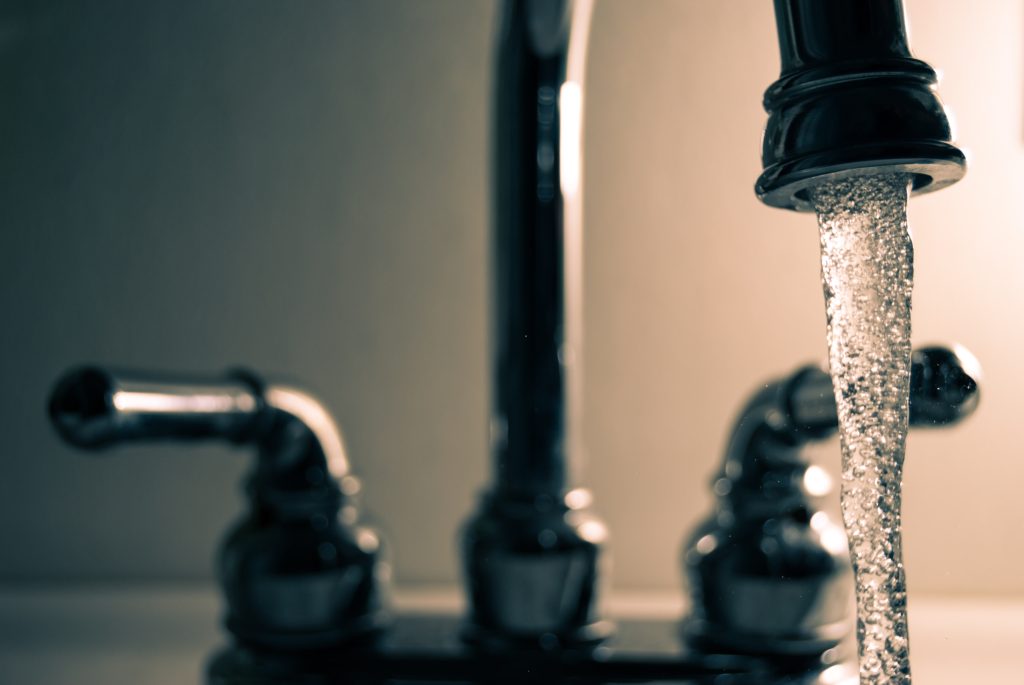
While distilled water is supposedly pure of any impurities, it’s not sterile unless it’s 100% contaminant-free. This can only be assured through a rigorous chemical analysis prior to bottling.
Logically, distilled water should be at pH 7 (at a neutral level). However, since it’s so pure, it’s very easy for carbon dioxide to dissolve within it. If that happens, it creates a light form of carbolic acid which will have a decreased pH of around 6.5, This makes it slightly acidic.
In terms of taste, because we’re used to drinking purified/mineralized/RO water, distilled water is very flat and unfavourable.
Can Distilled Water Be Replaced With Mineral Water?
Possibly, but it depends on a case-by-case basis, and the possibility of mineral deposits and other contaminants can cause adverse reactions.
This post will break down the differences between distilled water, deionized water, and other kinds of water.
The Benefits and Drawbacks of Distilled Water
The Benefits of Distilled Water
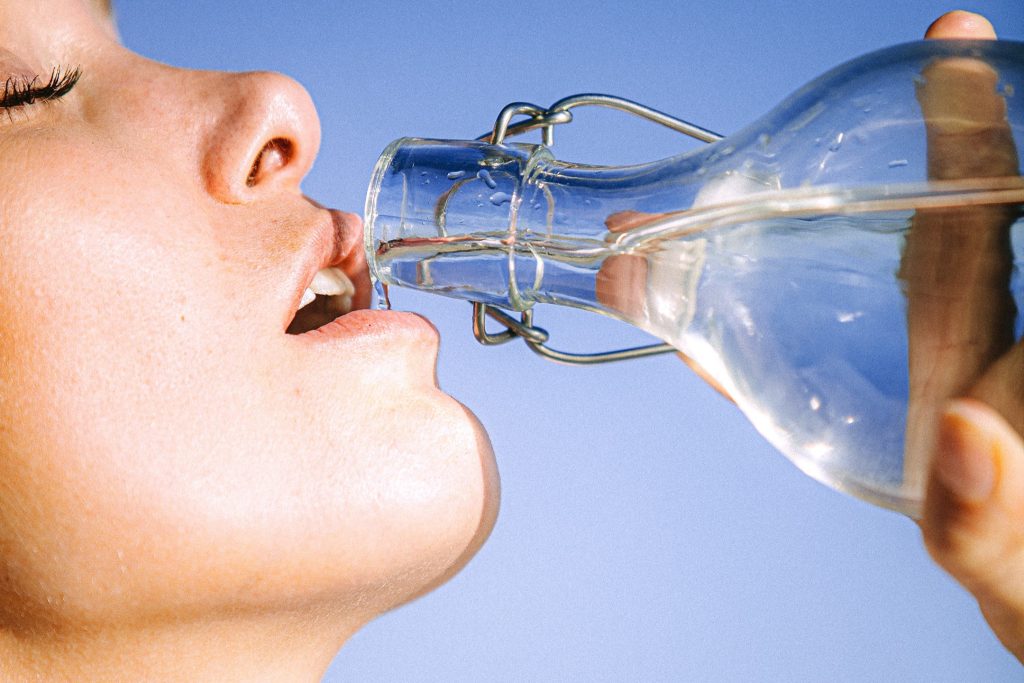
It Won’t Leave Behind Any Mineral or Compound Deposits
This property is a godsend to people using coffee makers, steam irons, or even humidifiers. It also allows for people to use distilled water in clean environments or even for wrapping cars.
It Lacks Contaminants
Distilled water is safe for consumption since it doesn’t have any harmful contaminants. Because of this, pharmacists can create antibiotic formulas for children. Parents can also make infant formula at home, without any fear.
In most cases, bottled drinking water may have additional minerals. Having these potential contaminants present would not allow for the complete dissolution of the antibiotic powders or infant formula.
The Drawbacks of Distilled Water
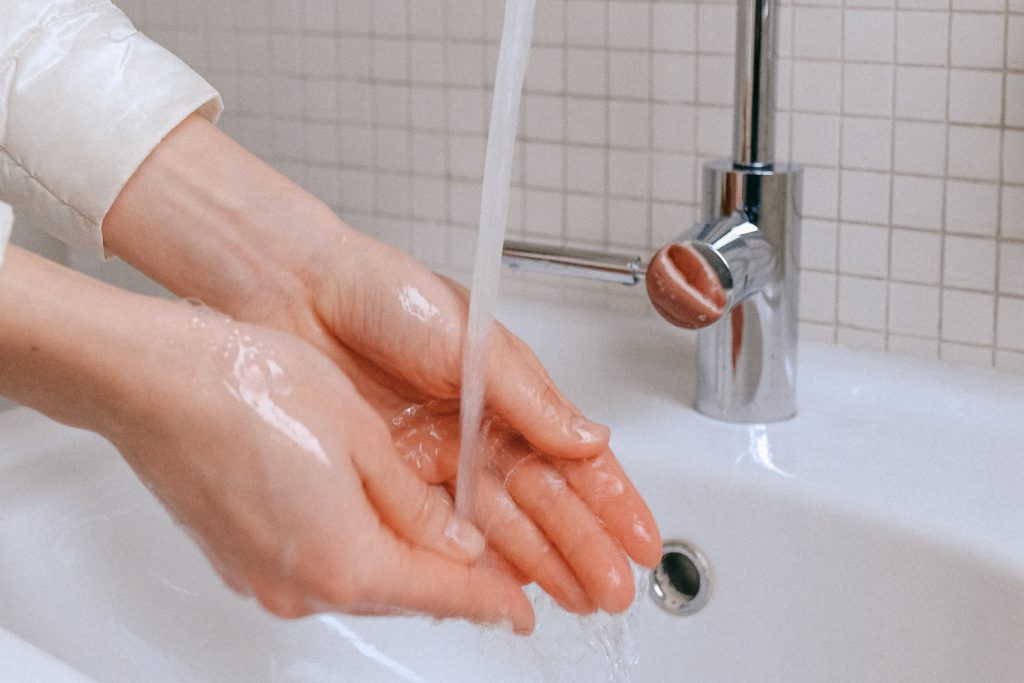
It Doesn’t Have Minerals
However, this same lack of minerals and essential compounds makes distilled water a bad choice for drinking. In emergencies, distilled water can be used in place of drinking water. But at the same time, mineral supplements are required to prevent hyperosmosis.
It’s Distillation Process Is Not Energy-Efficient
Finally, the distillation process used to be very energy-intensive. This is a remnant from World War 2 prior to the development of specialized steel distilleries. However, even with modern improvements, there still is a concerning level of power usage to create distilled water.
Properties of Distilled Water
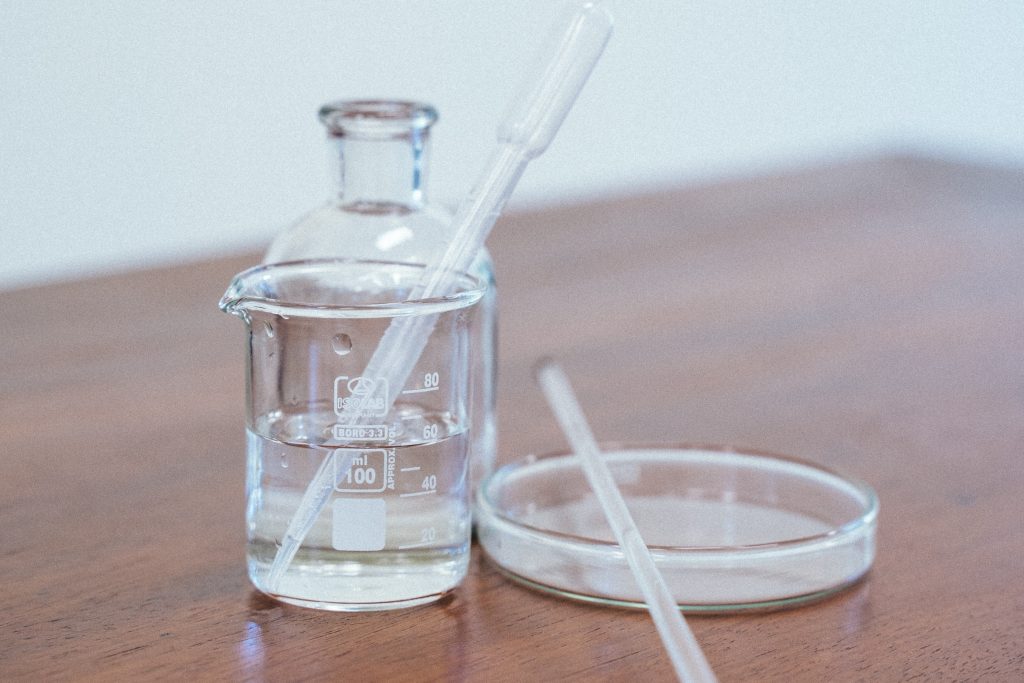
Distillation using commercial equipment effectively purifies water by removing nearly all dissolved minerals. These minerals include calcium, magnesium, sodium, fluoride, potassium, iron, and zinc. Distilling water changes some of its properties like the following:
Electrical Conductivity
The process significantly reduces the water’s electrical conductivity to below 2 μS/cm. It’s a stark contrast to the typical 200–800 μS/cm conductivity range of tap water.
PH Levels
Although distilled water is expected to have a neutral pH of 7, it tends to measure slightly lower. This is due to the absorption of minor amounts of atmospheric carbon dioxide. It forms trace amounts of carbonic acid, lowering the pH to around 6.5, making it weakly acidic.
Specific Gravity
The specific gravity of distilled water is measured at 1 at 4°C (39°F). The density of distilled water is another key characteristic, with a standard value of 1 kg/L at 4°C (39°F). These specific gravity and density values aren’t notably different from tap water or purified water. The minute concentrations of minerals and solids in the eater don’t affect these values too much.

